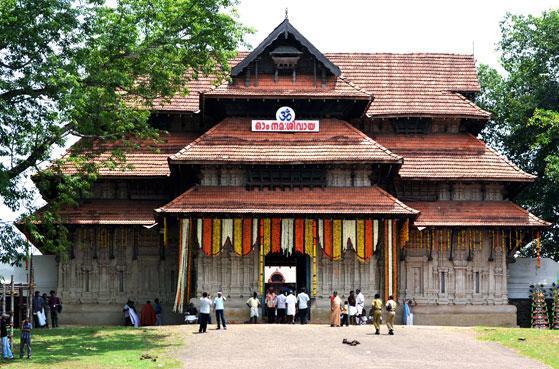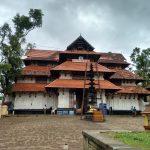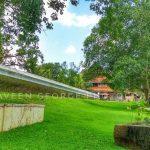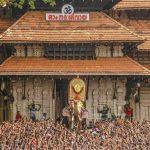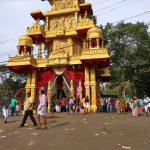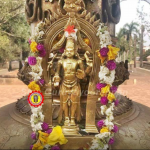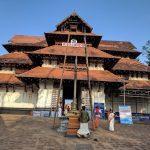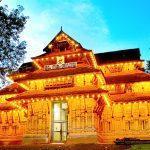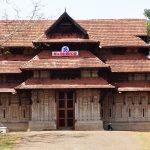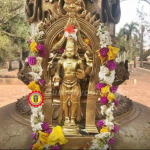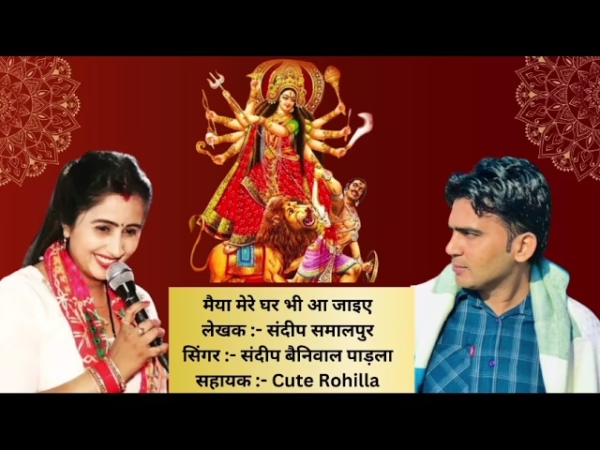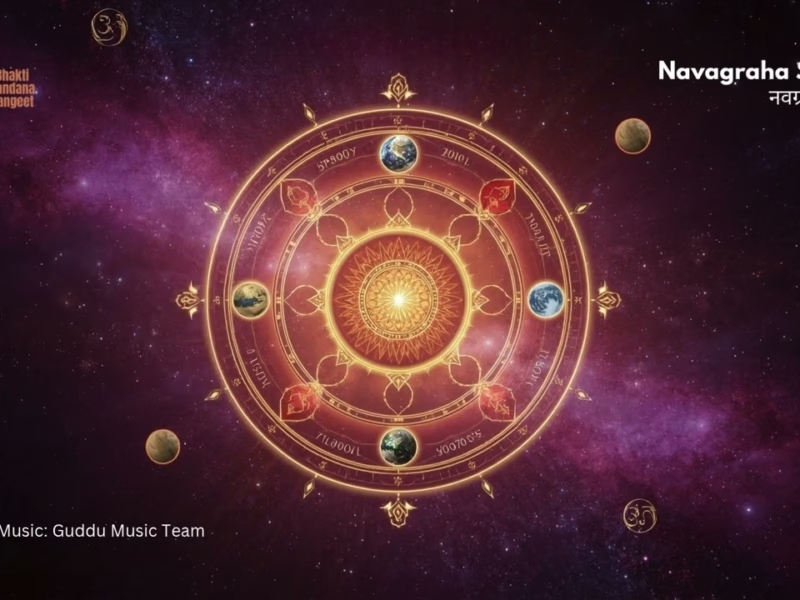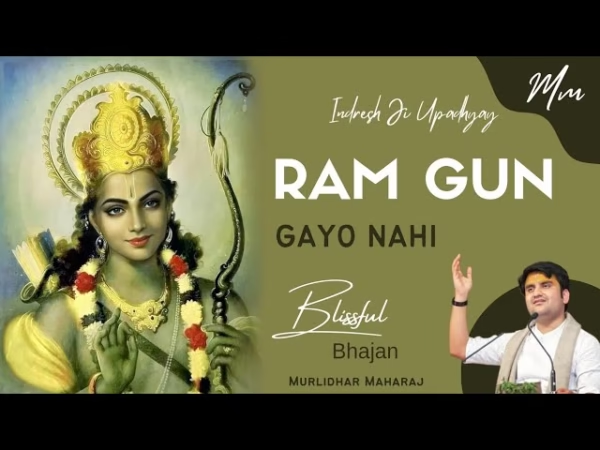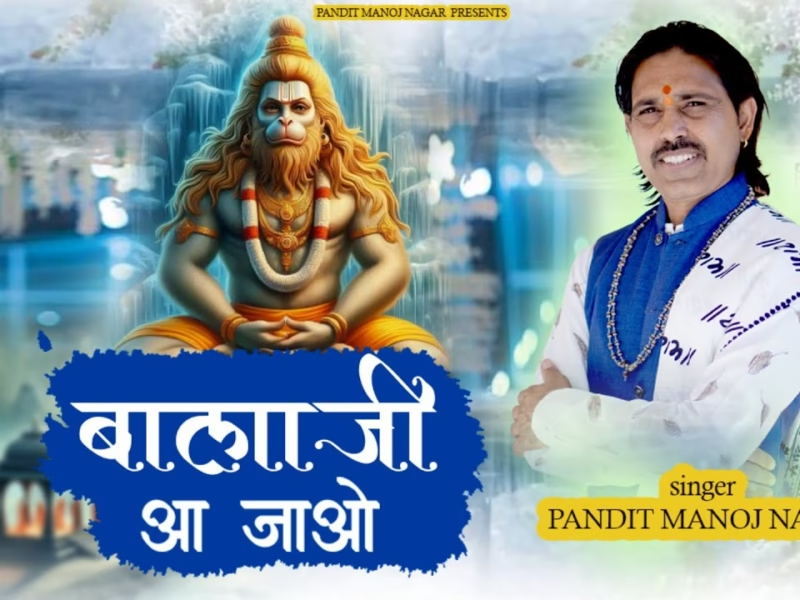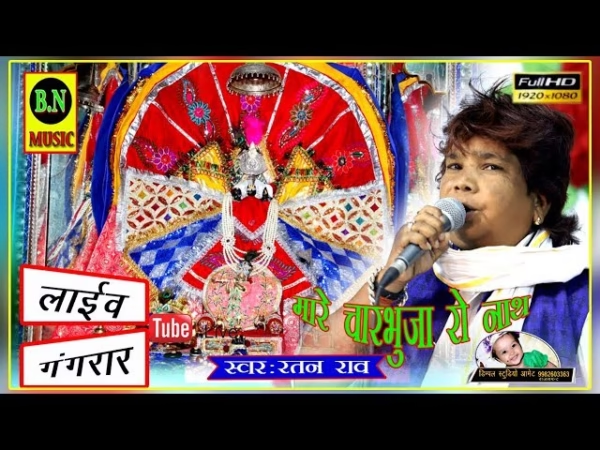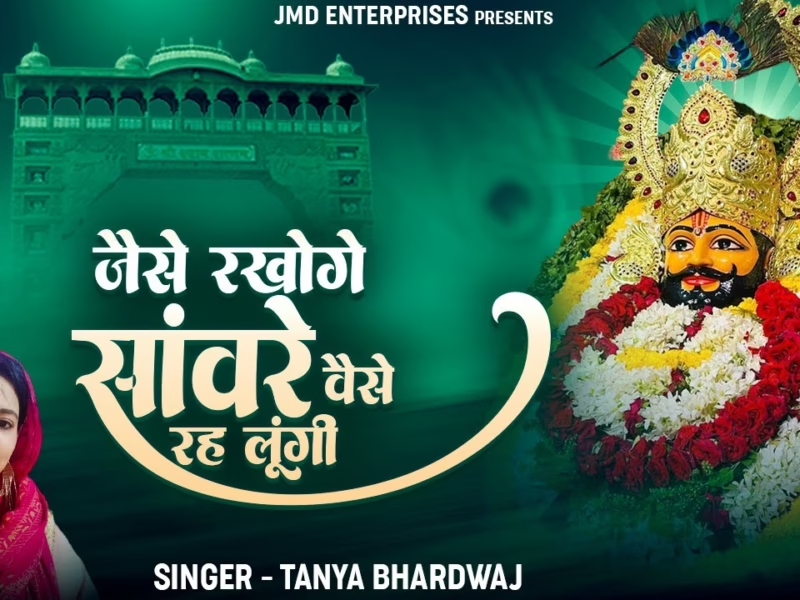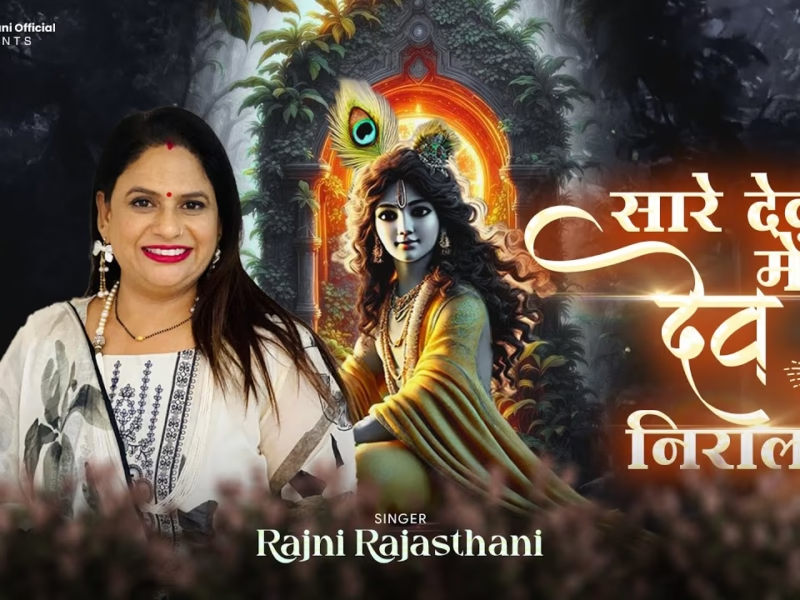Contents
Vadakkunnathan Temple, Thrissur, Kerala
| Date built: | – |
|---|---|
| Deity: | – |
| Architectural style: | – |
| Major festivals | Maha Shivaratri |
| Locale: | Thrissur |
| District:: | Thrissur |
| Address: | Swaraj Round N, Kuruppam, Thekkinkadu Maidan, Thrissur, Kerala 680001 |
| Phone | – |
Vadakkunnathan Temple is an ancient Hindu temple dedicated to Shiva at city of Thrissur, of Kerala state in India. This temple is a classic example of the architectural style of Kerala and has monumental towers on all four sides and also a kuttambalam. Mural paintings depicting various episodes from Mahabharata can be seen inside the temple.The shrines and the Kuttambalamdisplay vignettes carved in wood. The temple, along with the mural paintings, has been declared as a National Monument by Indiaunder the AMASR Act.According to popular local lore, this is the first temple built by Parasurama, the sixth avatar of Vishnu. Thekkinkadu maidan, encircling the Vadakkunnathan Temple, is the main venue of the Thrissur Pooram.Non-Hindus are not allowed to enter into the temple.
In the year 2012 the Archaeological Survey of India (ASI) has recommended 14 sites, including Vadakkumnathan Temple and palaces, from Kerala to include in the list of UNESCO World Heritage Sites
Architecture
The temple is situated in an elevated hillock in the centre of Thrissur City and is surrounded by a massive stone wall enclosing an area of nearly 9 acres (36,000 m2). Inside this fortification, there are four gopurams facing four cardinal directions. Between the inner temple and the outer walls, there is a spacious compound, the entrance to which is through gopurams. Of these, the gopurams on the south and north are not open to the public. The public enter either through the east or west gopuram. The inner temple is separated from the outer temple by a broad circular granite wall enclosing a broad corridor called Chuttambalam. Entrance into the inner temple is through a passage through the corridor.
Murals
The temple is famous for the rarity of the temple murals, of which the Vasukishayana and Nrithanatha murals are of great importance and are worshipped daily.The temple also houses a museum of ancient wall paintings, wood carvings and art pieces of ancient times.A study done by Archaeological Survey of India on two paintings in the temple has revealed that it is 350 years old. These two rare paintings were a reclining Shiva and a Nataraja with 20 arms.
Koothambalam
The temple theatre, known as Koothambalam, has four magnificent gateways called Gopurams and the lofty masonry wall around the temple quadrangle are imposing pieces of craftsmanship and skill. The Koothambalam is used for staging Koothu, Nangyar Koothu and Koodiyattam, an ancient ritualistic art forms of Central Kerala. According to folk lore, before the new Koothambalam was built, there used to be an old and dilapidated structure. The then Diwan T. Sankunni Menon ordered to demolish the structure and construct a new Koothambalam. He gave this task to Velanezhy Nambudiri, a famous Thachushasthranjan or master craftsman. He prepared a mental sketch and built a beautiful Koothambalam there. Velanezhy Illom is in Venganellur Gramam, Chelakkara town.
Legend / Local stories
The story of the origin of the Vadakkunnathan Temple is briefly narrated in Brahmanda Purana and there are references to it in some other works also. Though there are differences between these accounts on the details, all agree on the central fact, namely, that the temple was founded by Parashurama. Parashurama exterminated Kshatriyastwenty one times. In order to cleanse himself and balance his karma he performed a yajna at the end of which he gave away all the land to Brahmins as dakshina. He wanted to retire to some new land to perform tapasya and so he requested the Lord of the seas and oceans Varuna to throw up a new piece of land from the sea.
The famous Sri Mula Sthana where for sometime the linga of Shivaremained. Later, the ruler of Kochi Kingdom decided to shift the linga to a more convenient place and enclose it in a good temple.
According to another version, some sages approached him at the end of the yajna and requested him to give them some secluded land. Parashurama then made the request to Varuna for their sake. Varuna gave him a winnow (surpa) and asked him to hurl it into the sea, as he did a large territory of land was at once thrown up by the sea; this territory that rose out of the sea was Kerala. It was then known by the name “Surparaka”, from the word, “Surpa” meaning winnow.
According to some other accounts, Varuna asked Parashurama to hurl his axe into the sea. Parashurama now wanted to consecrate this new land. So he went to Mount Kailash to his guru, Lord Shiva and requested him to take abode in Kerala and thereby bless the region. Shri Shiva accompanied by his wife Parvati, his sons Ganesha and Subrahmanya and his parashadas went along with Parashurama, to satisfy the desire of his disciple. Shiva stopped at a spot, now Thrissur, for his seat and later he and his party disappeared and Parashurama saw a bright and radiant Shiva linga (aniconic symbol of Shiva) at the foot of a huge banyan tree. This place where Shiva first manifested his presence through the linga is in Smskrth (Sanskrit) known as the Sri Moola Sthana.
For sometime, the linga remained at Sri Mula Sthana at the foot of a huge banyan tree. The ruler of Cochin Kingdom then decided to shift the linga to a more convenient place and enclose it in a temple. Arrangements were soon made to reinstall the deity in the new place. But there was an initial difficulty. The linga could not be removed without cutting off a large part of the banyan tree. While cutting the branches of the tree, there was the danger of a piece of it falling on the idol and damaging it. When the ruler and the others did not know what to do, the Yogatirippadu came forward with a solution. He lay over the deity so as to cover it completely and asked the men to cut the tree. The cutting began and to the wonder of all not a piece of the tree fell anywhere near the deity. The deity was moved with all due rituals and installed in the new place where it has remained till now. Then a temple was built according to the rules laid down in the Shastras.
Photo Gallery
How to Reach:
Contact Details
Official Address

